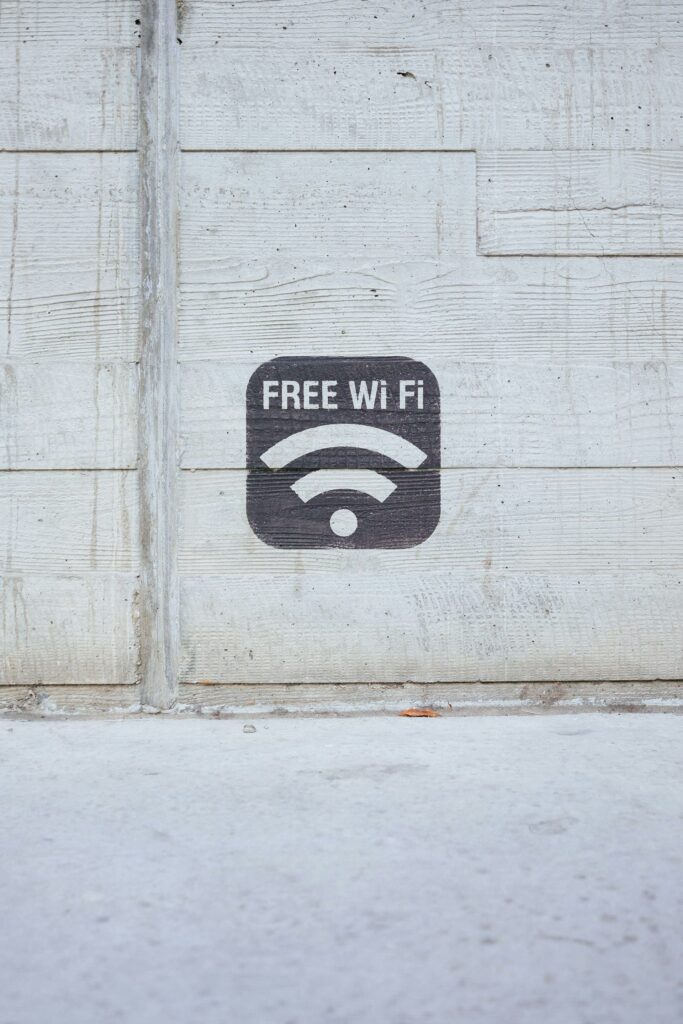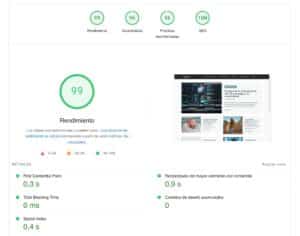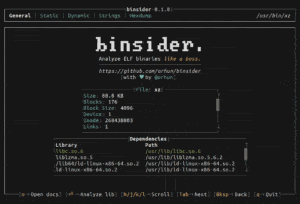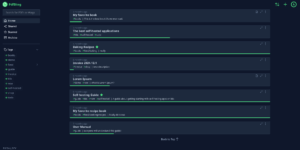Wi-Fi is an essential part of modern life, connecting billions of devices worldwide. However, its convenience comes with significant security risks. From eavesdropping and network attacks to malicious access points and weak encryption, Wi-Fi security is a growing concern for both individuals and organizations. This article provides a pragmatic overview of Wi-Fi security risks and practical steps to protect personal and corporate networks.
The Evolution and Nature of Wi-Fi
Wi-Fi has come a long way since the first 802.11 protocol in 1997. Over the years, it has become so widespread that many people no longer recognize wired Ethernet ports, and laptops increasingly ship without them.
At its core, Wi-Fi operates using radio waves, much like CB radios or walkie-talkies. Today’s Wi-Fi networks primarily use the 2.4 GHz, 5 GHz, and 6 GHz frequency bands, allowing devices to communicate wirelessly over a network. However, unlike wired connections, wireless signals travel through the air and can be intercepted, making Wi-Fi networks inherently more vulnerable to attacks.
Understanding Wi-Fi Security Risks
Wi-Fi security threats can be categorized into home networks, public networks, and corporate environments. Each presents unique risks that users must be aware of.
1. Home Wi-Fi Security Threats
Most households have multiple connected devices, including laptops, smartphones, smart TVs, IoT devices, and printers. If an attacker gains access to a home Wi-Fi network, they can:
- Monitor network traffic, potentially stealing sensitive data.
- Access connected devices, including smart home appliances, cameras, and storage devices.
- Launch attacks against specific services, such as SSH (port 22), HTTP (port 80), SMB (port 445), and RDP (port 3389).
- Exploit weak security in IoT devices, which often lack regular security updates.
Weak Wi-Fi Passwords and Outdated Encryption
One of the most common risks is using weak passwords or outdated encryption methods like WEP. Many Wi-Fi intrusions occur not through hacking, but because users set weak credentials such as "123456" or "password". This allows attackers to simply log in.
Solution: Always use strong, unique passwords and ensure that your router is configured to use WPA3 encryption (or WPA2 if WPA3 is unavailable).
2. Public Wi-Fi Security Risks
Public Wi-Fi networks, such as those in coffee shops, airports, and hotels, expose users to numerous security threats. Since anyone can join these networks, users are vulnerable to:
- Eavesdropping and Packet Sniffing – Attackers can use tools like Wireshark to capture unencrypted traffic.
- Man-in-the-Middle (MITM) Attacks – Intercepting communication between users and websites to steal sensitive data.
- Fake Wi-Fi Networks (Evil Twin Attacks) – Hackers set up fraudulent hotspots, tricking users into connecting to them.
TLS Inspection and HTTPS Risks
Most people assume that HTTPS encrypts all communications. However, Transport Layer Security (TLS) inspection is widely used in corporate networks, allowing administrators (or attackers) to decrypt and monitor internet traffic.
Even with HTTPS, some unencrypted information is still exposed, such as DNS requests and hostname data. This means that even secured sites can leak metadata, allowing attackers to track user activity.
Solution: Always verify SSL certificates and avoid bypassing security warnings when browsing public Wi-Fi.
3. Corporate Wi-Fi Security Challenges
Enterprises face unique Wi-Fi security threats, including insider attacks, unauthorized devices, and industrial espionage.
Corporate Wi-Fi Security Best Practices
- Segment the network – Keep IoT and guest devices separate from corporate assets.
- Use Network Access Control (NAC) – Restrict device access based on security policies.
- Implement VPNs – Require employees to use Virtual Private Networks (VPNs) for remote work.
- Deploy Intrusion Detection Systems (IDS) – Monitor for unusual activity and unauthorized devices.
How Attackers Exploit Weak Wi-Fi Security
Hackers use various techniques to compromise Wi-Fi networks:
Evil Twin Attack
An attacker sets up a fake Wi-Fi hotspot with a similar name to a legitimate network. Once users connect, the attacker can intercept traffic, steal credentials, and inject malware.
Wi-Fi Sniffing
Using freely available tools like Wireshark or Kismet, attackers can capture packets from unsecured Wi-Fi networks, extracting sensitive information such as usernames, passwords, and session tokens.
Brute-Force Attacks on Wi-Fi Passwords
If a network uses a weak password, attackers can brute-force their way in using dictionary attacks.
Solution: Use strong encryption (WPA3), disable WPS, and set long, unique passwords to prevent brute-force attacks.
Best Practices for Securing Wi-Fi Networks
To mitigate Wi-Fi security risks, follow these essential best practices:
For Home Networks
✅ Use WPA3 Encryption – If unavailable, use WPA2 with a strong password.
✅ Change Default Router Credentials – Avoid using factory-set admin passwords.
✅ Disable WPS (Wi-Fi Protected Setup) – WPS is vulnerable to brute-force attacks.
✅ Enable MAC Address Filtering – Restrict access to known devices.
✅ Regular Firmware Updates – Keep routers and IoT devices updated to fix security vulnerabilities.
✅ Segment IoT Devices – Create a separate network for smart home gadgets to limit exposure.
For Public Wi-Fi
✅ Avoid Public Wi-Fi for Sensitive Transactions – Never access banking or work accounts on public hotspots.
✅ Use a VPN – Encrypts all traffic, preventing attackers from intercepting data.
✅ Disable Auto-Connect – Prevent devices from automatically joining public networks.
✅ Verify Wi-Fi Networks – Ensure you are connecting to a legitimate hotspot, not a rogue access point.
✅ Watch for SSL Certificate Warnings – If a browser warns about an invalid certificate, do not proceed.
For Corporate Networks
✅ Implement Network Access Control (NAC) – Prevent unauthorized devices from connecting.
✅ Use Multi-Factor Authentication (MFA) – Adds an extra layer of security to Wi-Fi login credentials.
✅ Enable TLS Inspection – Protect against phishing and MITM attacks on enterprise networks.
✅ Deploy IDS/IPS Solutions – Detect and block suspicious activity.
✅ Train Employees on Wi-Fi Security – Educate staff about risks and safe browsing habits.
Final Thoughts: The Human Element in Wi-Fi Security
While technological solutions help mitigate threats, human behavior remains the weakest link. The best security policies can be undone by a single careless action, such as:
- Clicking phishing links in emails (phishing attacks).
- Using the same password across multiple accounts (credential stuffing).
- Ignoring SSL warnings and proceeding to unsafe websites.
Being aware of Wi-Fi security threats and adopting good practices can significantly reduce risks, protecting personal and business data from cyber threats.
A Tribute to Hedy Lamarr: The Wi-Fi Pioneer
No discussion about Wi-Fi is complete without acknowledging Hedy Lamarr, the Hollywood actress and inventor of frequency-hopping technology, a fundamental concept behind modern wireless communications.
Her pioneering work in the 1940s laid the foundation for secure radio transmissions, influencing everything from military communications to today’s Wi-Fi encryption protocols.
Conclusion
Wi-Fi is an indispensable part of our digital lives, but its security risks should not be ignored. By understanding vulnerabilities and following best practices, users can protect their data, devices, and networks from cyber threats.
Whether at home, in public, or in corporate environments, Wi-Fi security awareness is essential for staying safe in an increasingly connected world. 🚀🔐
vía: ACM












